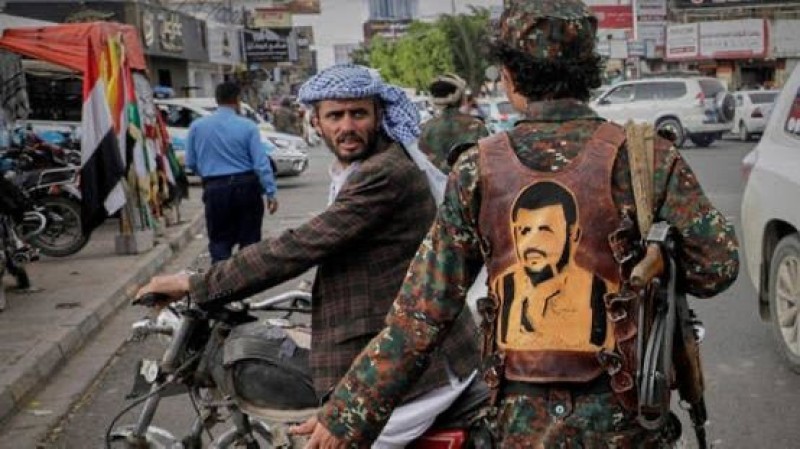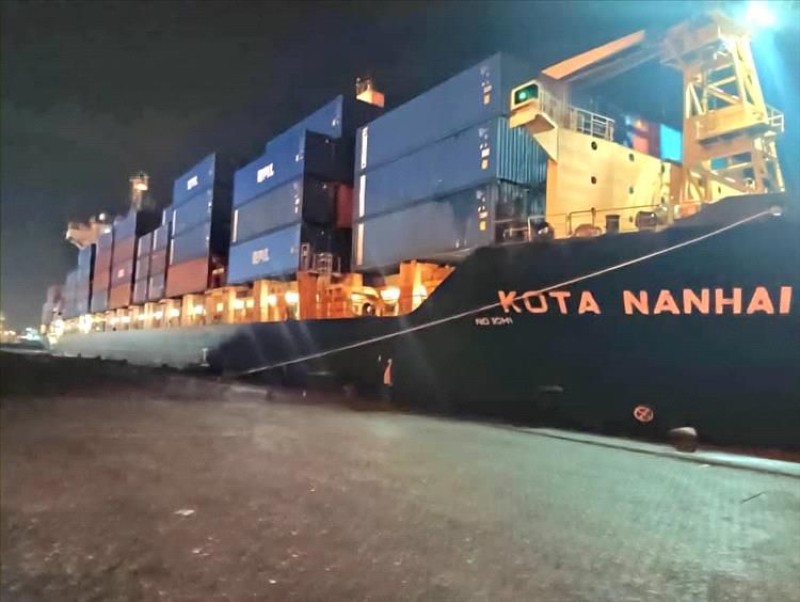UNHCR reaches the embattled district of Mokha in Yemen


Matthew Saltmarsh, for the United Nations Refugee Agency (UNCHR), said that after weeks of intense negotiations, UNHCR had reached the embattled district of Mokha in Yemen’s western governorate of Taizz, where hostilities between the warring parties had escalated since January.
Intensified fighting had led to more than 48,000 people being displaced from Taizz in the past six weeks alone. Humanitarian access to Mokha, a flashpoint of hostilities and one of the worst affected areas within the governorate, had been particularly challenging owing to ongoing clashes and movement restrictions imposed by parties to the conflict.
UNHCR teams had gone on mission to Mokha this week and had started distributions on Monday in an area close to the frontlines. More than 3,416 individuals affected by the conflict had received non-food assistance from UNHCR, which had included mattresses, sleeping mats, blankets, kitchen sets and wash buckets.
The majority of those displaced by hostilities in Taizz had fled to other parts of the governorate. UNHCR’s distributions in Mokha were provided to people who were displaced from other villages in the district.
UNHCR’s field staff had reported many were traumatised and living in desperate conditions, lacking water and sanitation and sharing limited resources with local host communities. Those displaced were being accommodated by local families or living out in the open, without any protection. Many had informed UNHCR that this was the first time they had received humanitarian non-food assistance. More than 18,151 individuals recently displaced from the Red Sea governorate had also been reached by UNHCR assistance in nearby governorates of Al Hudaydah and Ibb.
With the military situation remaining highly volatile on Yemen’s western front and hostilities extending, UNHCR had also secured access in six other districts in Taizz and would reach more than 42,000 people with emergency assistance in the coming days in Dhubab, Al Wazi’iyah, Mawza, Al Ma’afer, Maqbanah and Mawiyah.
Separately, in central Yemen, where 13,900 people were displaced by a recent flare up in hostilities in Utmah district, Dhamar governorate, UNHCR had also started distribution of aid to those now returning home. UNHCR distributions in Utmah had started on 22 March to assist more than 7,700 conflict-returnees.
With March marking two years since the beginning of the current conflict in Yemen, 11.3 per cent of Yemen’s population had been forcibly displaced by the war. There were two million people displaced across Yemen and one million had returned home to precarious conditions. Over 18 million people in the country required humanitarian assistance. UNHCR’s response to urgent humanitarian needs in Yemen remained only 10 per cent funded to date, affecting operations on the ground. The total appeal was USD 99.6 million for 2017. Mr. Saltmarsh would get back to the press regarding the last time that UNHCR had been able to reach people in Mokha.
In response to questions on the situation in the Mokha and Dhubab districts of Taizz governorate, Bettina Luescher, for the World Food Programme (WFP), said that most of the 44,000 people who had fled and had been displaced were fleeing to other parts of the governorate. In response, WFP had distributed food assistance to 12,000 people in Mokha and Mawza districts in Taizz, and more than 7,000 people in eight districts in Al Hudaydah, as well as another 4,400 people in other districts in Al Hudaydah. The food security situation in Yemen had rapidly deteriorated over the past two years and the emergency levels were high. Lack of funding, the ongoing conflict and restricted movement of humanitarian aid workers were the main obstacles to get food and other assistance to the people. Ms. Luescher would get back to the press with more details on the food distribution in Mokha. WFP was reaching around 7 million people every month in Yemen but because of shortfalls, was not able to provide them with full rations. An estimated 17 million people, or 60 per cent of the population, were hungry. That was 20 per cent more than in 2016. WFP was very concerned about the lack of access because of security problems, but despite those enormous challenges WFP managed to conduct food distributions or, in places where markets were still functioning, give families vouchers so that they could buy food on the markets. WFP was also concerned about nursing and pregnant women, and children at risk of acute malnutrition. All of the humanitarian players were working very hard in Yemen but the challenges were severe.
In response to further questions, Ms. Luescher clarified that a famine was declared when the death rate was double the usual rate, when child malnutrition rates were very high and when 30 per cent of the people did not know where their next meal would come from. Today in Yemen, out of the 22 governorates, seven were in emergency phase four, which was one level before declaring a famine.
Christian Lindmeier, for the World Health Organization (WHO), further clarified that famine, the highest level of food insecurity (level five), was a humanitarian catastrophe that occurred when 20 per cent of the population faced extreme food shortages with limited availability to cope, when acute malnutrition rates exceeded 30 per cent for children under five, and when two deaths per 10,000 people or four deaths per 10,000 children were reached per day. The challenge was definitely to gather data, and it was necessary to rely on official figures. Any food crisis was always accompanied by a public health crisis as acute malnutrition weakened the system and made children for example specifically vulnerable to diseases like measles or cholera.
Ms. Luescher said that various players worked together to study the data, to go deep into the field, and worked with Governments, medical experts, UN agencies, the FAO and WFP. Those evaluations could take months, that’s why the UN warned before famines, because by the time a famine was declared, people were already dying. For example in the areas affected by Boko Haram violence in Nigeria in 2016, the UN had suspected that there had been famine in some areas where no aid workers were going in, and because they did not have the data they could not officially declare it. Famine was a rarely-used word as it was necessary to be careful and not be alarmist. But in certain areas like South Sudan, the UN had been warning for a year of the risk of famine. The UN had been gearing up for months and years and raising money to be able to reach the people who were malnourished and hungry, and doing everything in advance.
In response to a final question, Ms. Luescher said that WFP had appealed for USD 950 million to support over 7 million people in Yemen in 2017. Of this, USD 460 million were urgently required from March to August, to fully cover the food needs of the people WFP wanted to reach.
Asked about the contribution of Saudi Arabia to the humanitarian response in Yemen, Ms. Luescher said that she would check and get back to the press.
Ms. Vellucci added that on 22 March, the Deputy Spokesperson for the Secretary-General had said that in this situation of complete food insecurity and possible famine, with two thirds of the population of Yemen already food insecure, it was essential that all parties to the conflict facilitated unhindered access to Yemen’s ports for humanitarian and commercial cargos. In response to a final question, Ms. Vellucci said that the United Nations had been involved for a long time in efforts in favour of a political solution to this crisis, and that the UN Special Envoy for Yemen, Ismail Ould Cheikh Ahmed, was doing everything possible to facilitate that and bring the parties to the negotiating table. Ms. Vellucci referred to a press release from the Special Envoy on 17 March, in which was detailed a series of visits by the Special Envoy in Europe to call for renewed political and humanitarian efforts to end conflict and alleviate suffering in Yemen. Political and humanitarian action needed to run in parallel.
UN

Sana’a – The occupied Yemeni capital Sana’a is witnessing mounting economic panic and a sharp collapse in the real estate market…

Aden – The vessel Kota Nanhai departed Al-Mualla Container Terminal at Aden Port this evening after completing the unloading of 457 standard…

Aden — Yemen’s Presidential Leadership Council Chairman Rashad al-Alimi held talks with Central Bank Governor Ahmed Ghalib to review th…